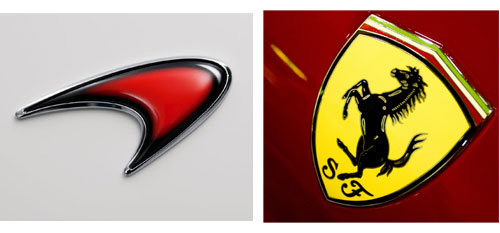The New King of the Hill: 950-hp Shelby GT1000

This is getting a little ridiculous.
Top Gear has info today on the newest Mustang breathed upon by the tuning gods at Shelby, the 950-hp GT1000.
While I’m not quite sure about the chronology here:
[It] arrives on a wave of history: exactly 50 years ago Carroll Shelby premiered the Cobra at the ’62 New York motor show, announcing the arrival of a new tuning house.
seeing as how it’s 2013, there’s no doubt Shelby’s creation is designed to steal some of the new C7 Corvette’s thunder at the upcoming 2013 New York Auto Show and to stoke enthusiasm for the outgoing Mustang generation, even as a new one is being readied by Ford.

What we have here, essentially, is an officially-sanctioned version of a particular flavor of tuner car familiar to almost all enthusiasts: The dyno queen. Bragging rights are the GT1000’s sole raison d’être. Whoever shells out the asking price of $200K (for a Mustang!) for one of the 50 that will be produced can claim ownership of unarguably the most monstrous pony car ever screwed together by an official tuning house. Nevermind the fact that there’s absolutely no way that kind of power is usable in a street or track setting; wheel that baby up onto the dyno rollers, fire up the digicam and get ready to upload the video of the pull to YouTube and achieve instant Internet fame. That’s it, really, aside from sedate cruises to local meets and being lovingly waxed every couple of weeks. I understand Shelby’s reasoning behind the GT1000’s build, but as a prospective automotive experience, to me, it’s less than desirable. No thanks.
Image credits: mustangsdaily.com, motortrend.com



















